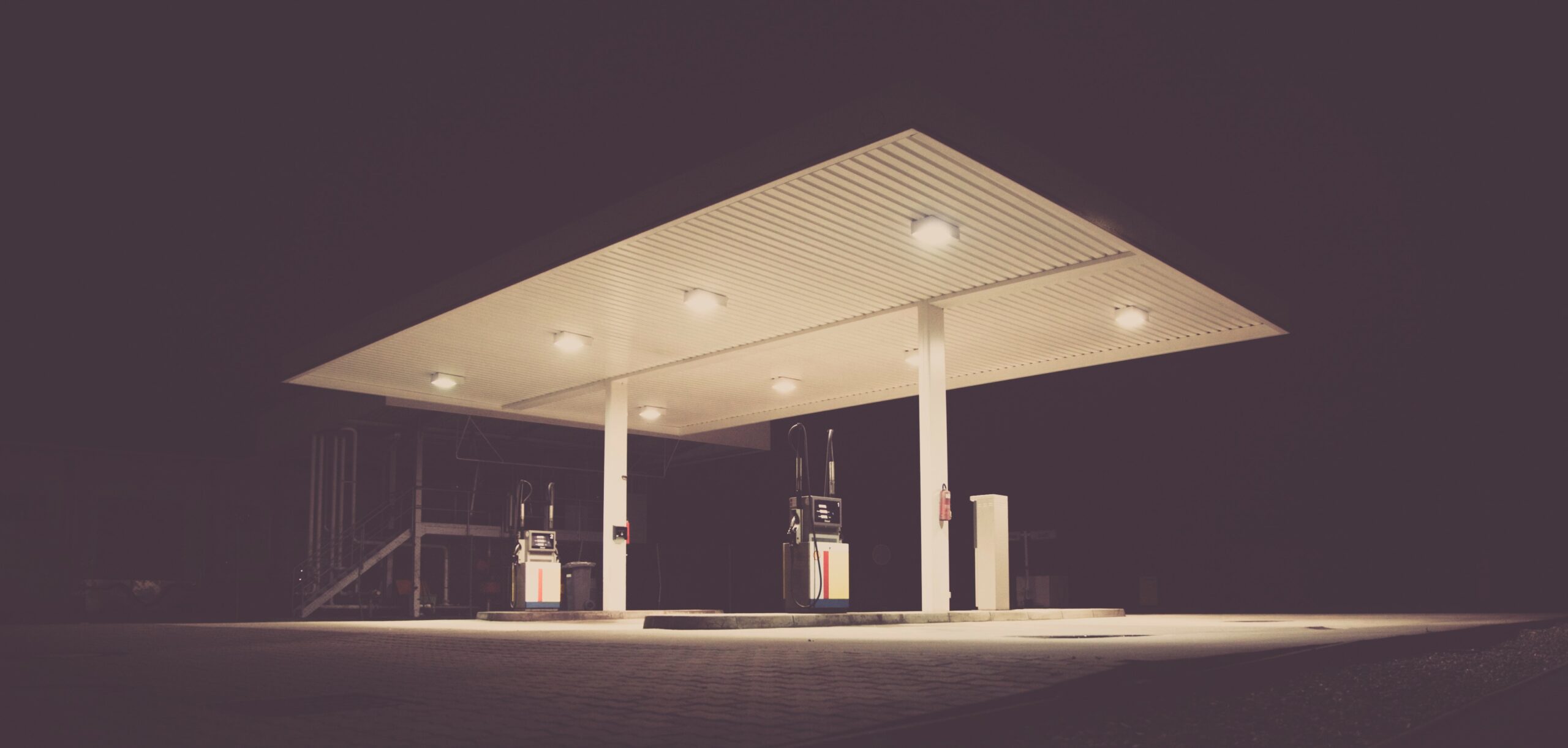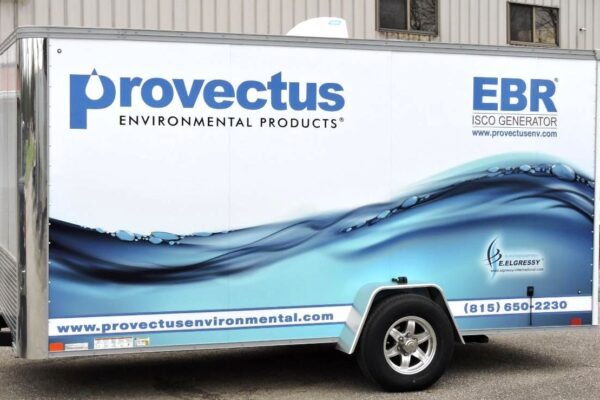In Situ Chemical Oxidation + Enhanced Bioremediation for Source Area Remediation
At a former gas station in Madison, New Jersey a combination in situ remediation approach to address petroleum hydrocarbon source contaminant mass, including residual light non-aqueous phase liquid (LNAPL), was implemented. Several site condition challenges and access limitations were overcome with the use of a coupled in situ chemical oxidation and enhanced bioremediation technology, specifically Provect-OX, and a flexible field implementation plan. The site was very active with an automotive repair business that was in operation within and adjacent to the remediation target area. The contamination was fairly deep (e.g., 25 to 40 feet below grade surface) in tight overburden that is primarily dense silt and clay. The remediation area was also bordered by a busy road and additional off-site occupied businesses.
The primary contaminants of concern included benzene, toluene, ethylbenzene, xylene, and trimethylbenzene. The Provect-OX was applied as a slurry via temporary direct push injection points at multiple vertical intervals throughout the 15-ft impacted saturated zone. Significant contaminant reductions, including the elimination of the LNAPL, were achieved within 1 year following injection. Additional project details including the pre- and post-treatment geochemical, field, and contaminant data (e.g., ORP, pH, sulfate, BTEX, TMB, etc.) can be found by clicking here.
Please contact Will Moody at (908) 581-6291 or via email for additional information regarding this project or our technologies. Furthermore, Troy Lizer can be reached at (330) 284-7428 or via email.
Click Here for a site evaluation, conceptual remedial design, or material cost estimate with turn-key alternatives available upon request.




